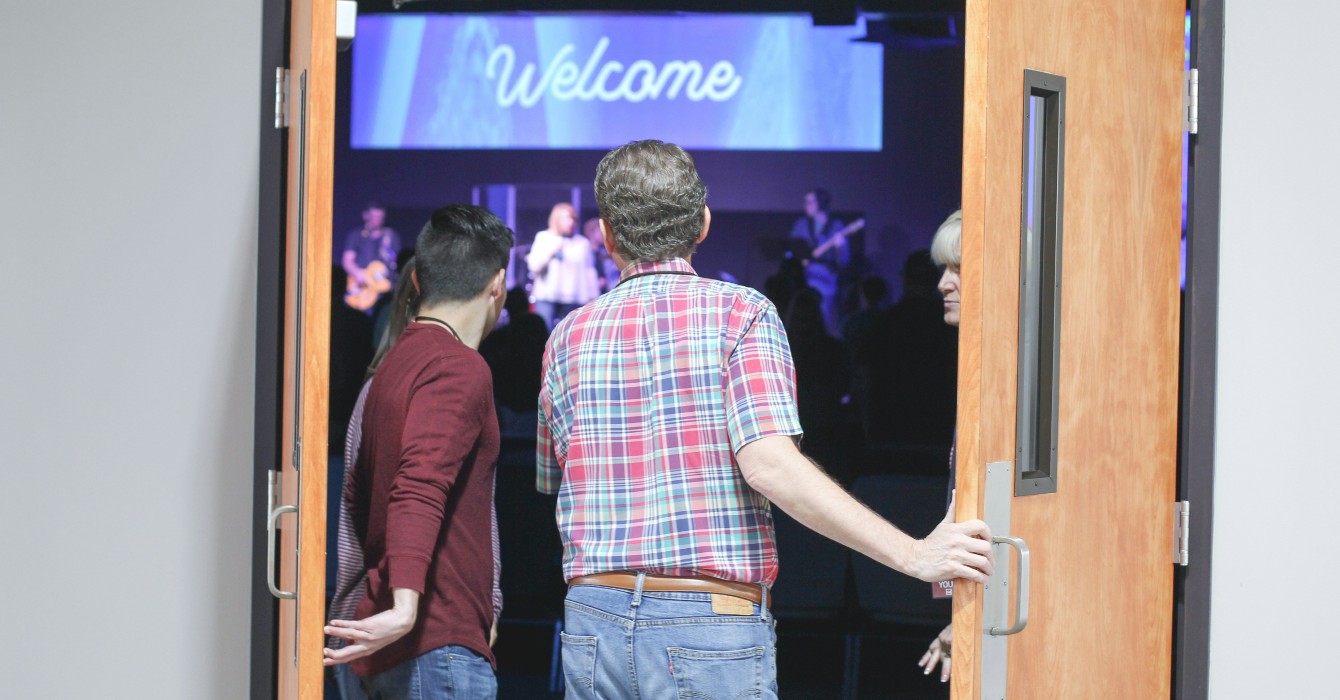As congregations try to keep pace amid a dizzying period of technological change, there is a growing consensus on one key to a successful online presence: Have a plan.
It is not enough for churches to offer a website just to have a website, or to be on Facebook just so they can say they are on Facebook, analysts say.
“Church leaders have to think about this intentionally,” said sociologist Scott Thumma of Hartford Seminary. “You are not doing technology for the sake of doing technology in the church. You’re using the Internet to enhance the life of the congregation. You’re using it strategically to accomplish the mission of the church.”
There is little doubt congregations are trying to keep up with the technological times.
The Faith Communities Today survey found that only 33 percent of churches used websites in 2000; by 2010, that number had risen to 70 percent.
The 2010 survey also showed that less than 10 percent of congregations were not using email, while more than 10 percent were using newer technologies such as blogs and podcasts.
And there are signs the extensive online presence is benefiting congregations.
The Faith Communities Today survey found a correlation between the number of different kinds of technology a congregation employed and its growth. Nearly six in 10 congregations using five or six new technologies such as email, websites, blogs, Twitter and Facebook reported growth in worship attendance from 2005 to 2010. Just three in 10 congregations using two or fewer technologies reported growth, according to the Faith Communities Today survey.
The survey also found that major users of new technologies tended to be newer congregations with relatively younger pastors and larger percentages of young adult members.
Overall, Thumma notes, the use of new technology is associated with several indicators of growth, including a willingness to make changes, an openness to being distinctive from nearby congregations and the embrace of innovative worship experiences.
Yet research also shows that churches may be missing out on a lot of the potential for social media to engage people in ministry.
Many new media users, young people in particular, are used to interacting online with websites and through social media such as Facebook and Twitter.
But much of the online presence of congregations is a one-way affair.
The 2008 U.S. Congregational Life Survey found that while more than four in five congregations with websites have event calendars online, just 6 percent feature online discussion groups or Bible studies.
The approach is almost like using technology as a billboard and “less about how can we serve you, how can we engage you,” said Deborah Bruce, project director for the congregational life survey.
At its most effective, Thumma said, technology can enhance the number and depth of ties among churchgoers. It can offer members and visitors opportunities to carry faithful living into everyday life in ways from sharing prayer requests on Facebook to participating in online church services.
Simply offering daily devotions or highlighting parts of a service online can send the message that “this church is really trying to make what happens on Sunday relevant to the rest of the week,” said Thumma, co-author with Warren Bird of the new book “The Other 80 Percent: Turning Your Church’s Spectators into Active Participants.”
It all comes back to having a plan and the commitment, time and energy to follow it through, many observers say.
Fast-growing churches use all their opportunities, Bruce said.
“I put technology in that basket,” she said. “If you’re interested in being a fast-growing, vital congregation, you just want to exploit what’s available, and technology is one of those tools you have in your tool bag.”













